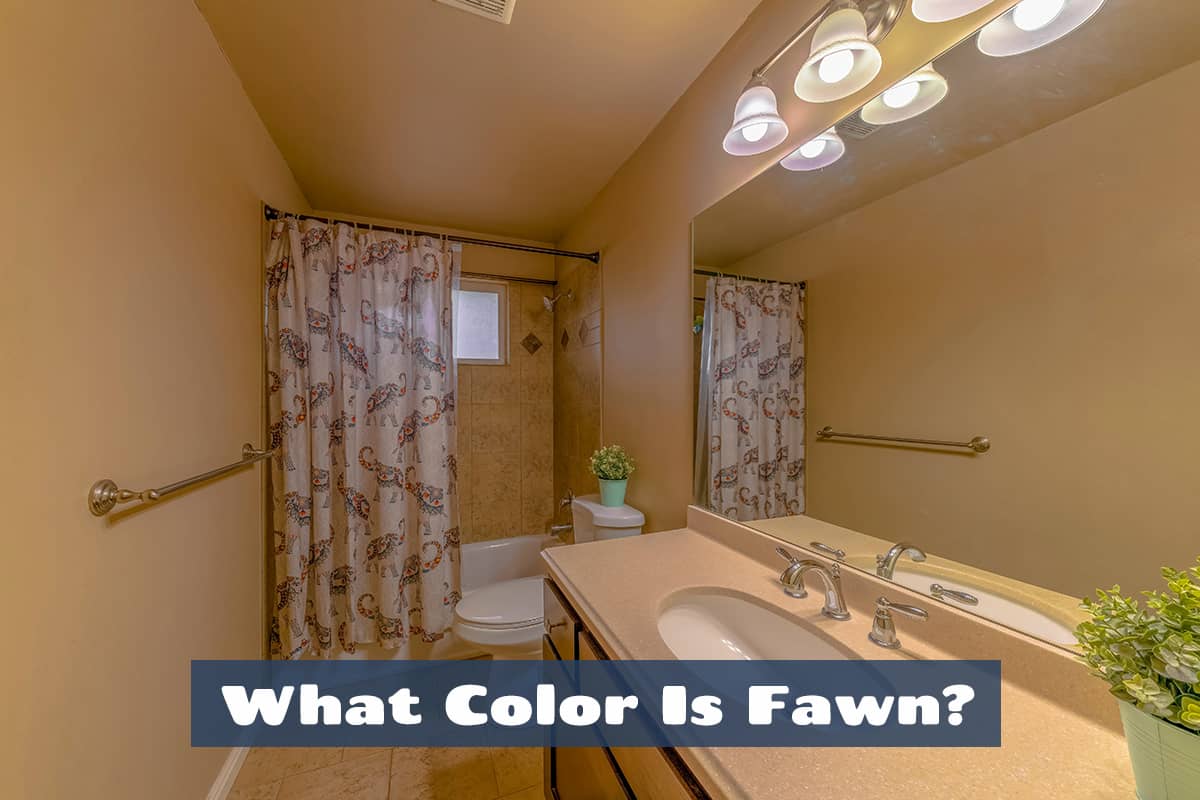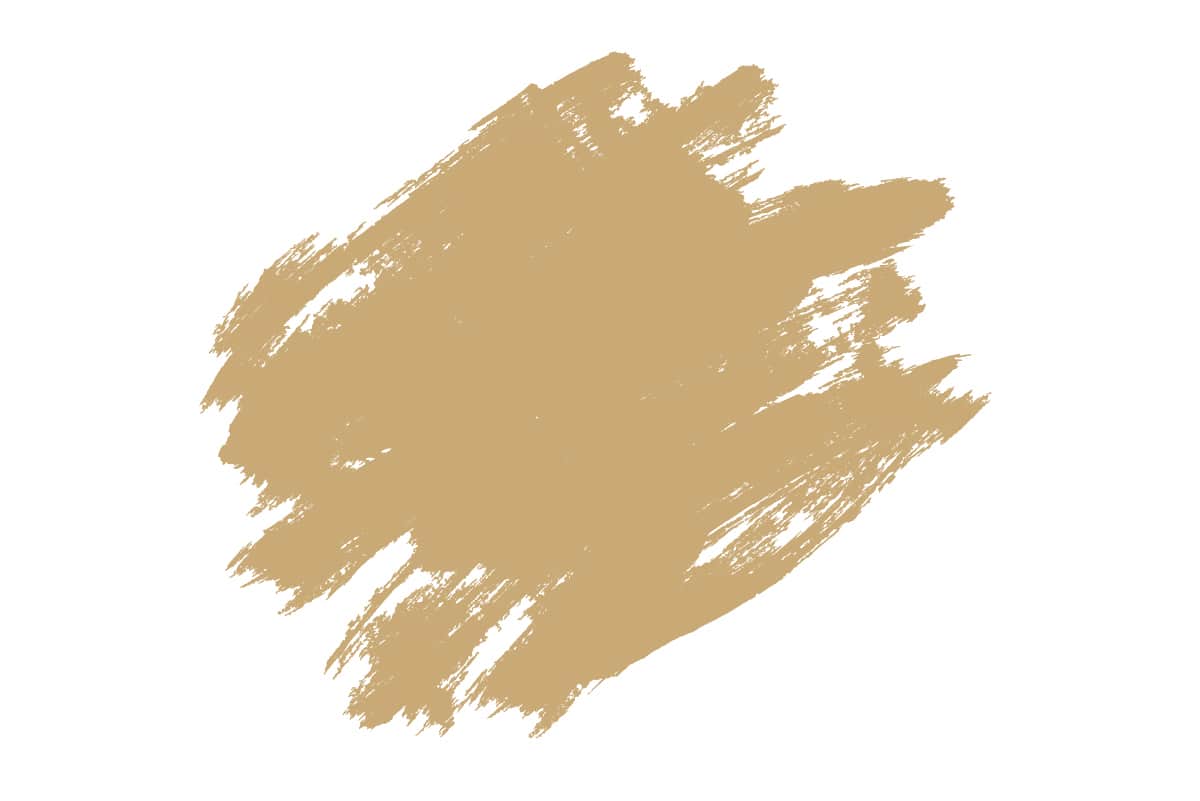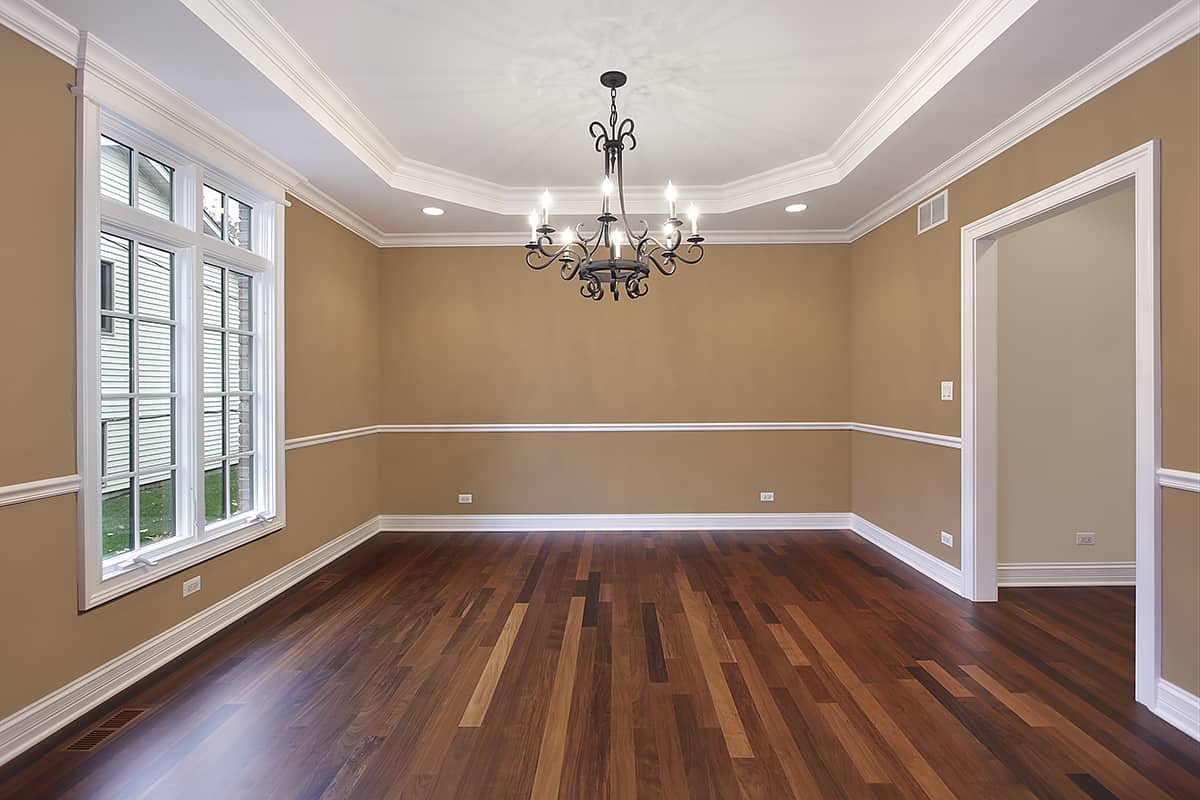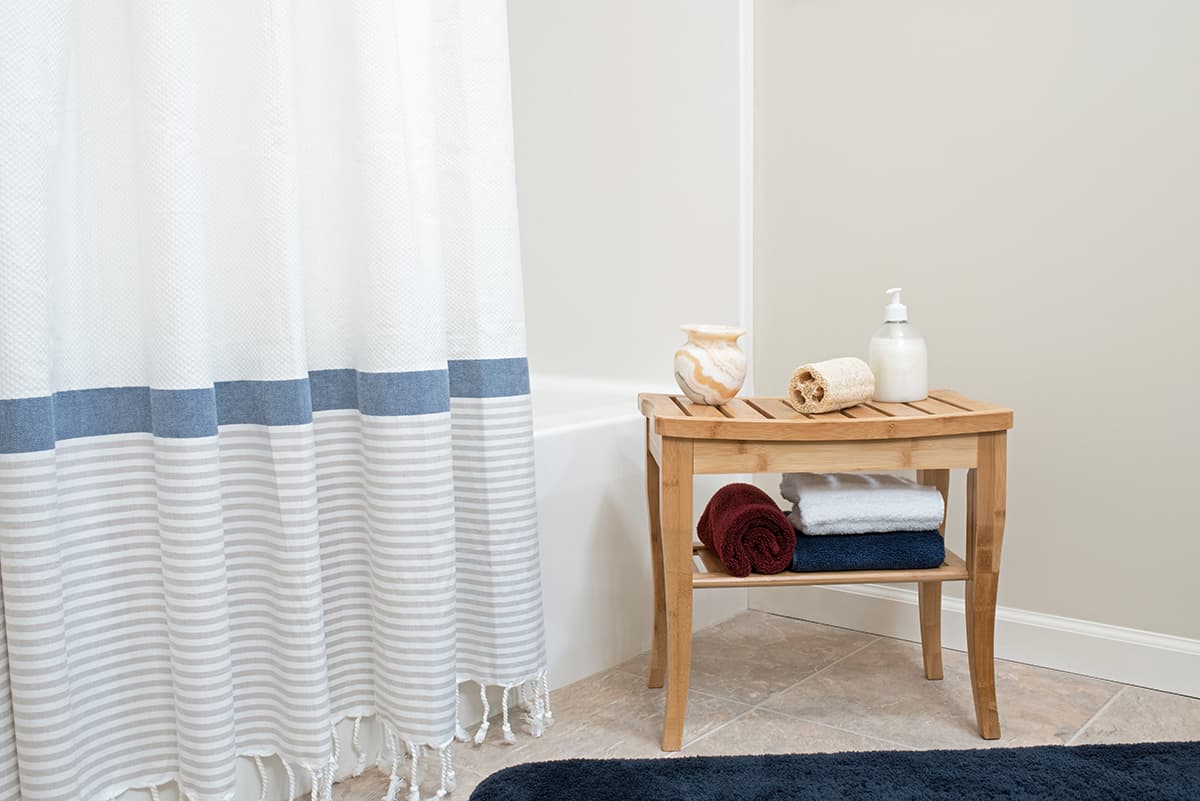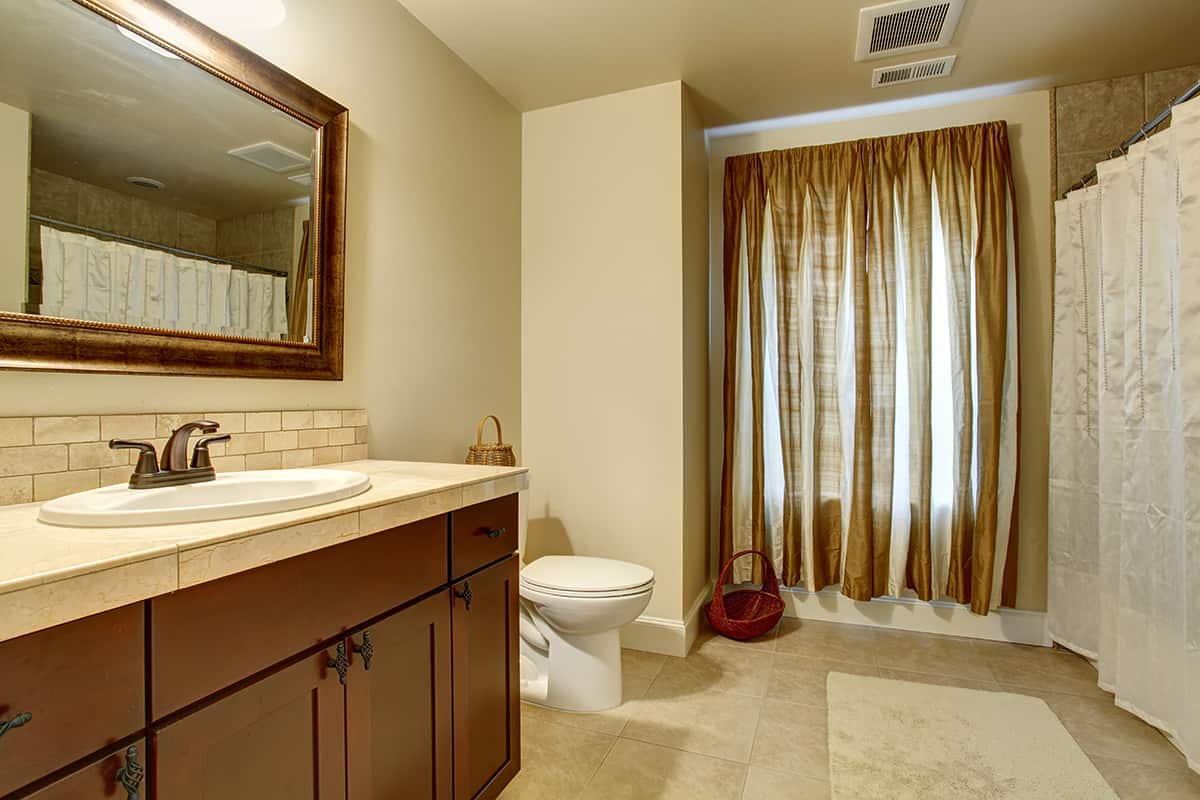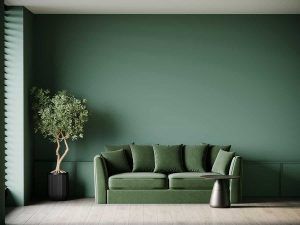Fawn is a pale yellowish-brown or tan color, often described as a light, muted brown with a hint of yellow or beige. The term “fawn” is commonly used to describe the color of the coat of certain animals, such as deer, which can have a light brown or tan coloration similar to this shade.
Here we look at similar colors to fawn, and how this shade can be implemented in home decor for a stylish effect.
Colors Similar to Fawn
Colors that are similar to fawn include various shades of brown and tan, as well as colors with a muted or earthy appearance. Some similar colors to fawn include:
Beige
Beige is a pale, neutral color that is typically characterized by its lightness and lack of strong hues. Beige can vary slightly in its undertones, with some shades leaning more toward brown, gray, or even a hint of pink or yellow, but it is generally a subtle and warm neutral color.
Beige is an enormously popular choice of color in interior design and fashion due to its versatility and ability to complement a wide range of other colors. Compared to fawn, beige tends to be lighter and less saturated, with a more distinctly neutral color.
Tan
Tan is a color that falls in the brown color spectrum and is typically described as a light to medium brown with a warm undertone.
It can vary in shades, ranging from a light, pale tan with a beige or yellowish tint to a deeper, richer tan with more pronounced brown tones. Tan is often associated with the color of natural tanned leather and has a warm and earthy appearance. Fawn is generally thought of as a light shade of tan, so these colors have many similarities.
Sand
The color sand typically refers to a light, pale shade of beige or tan that is reminiscent of the color of beach sand. Sand is a neutral and earthy color, often described as a soft, warm beige with a hint of yellow or gray undertones.
The exact shade of sand can vary depending on the context and the specific type of sand, but it generally represents a light, natural color associated with sandy beaches and desert landscapes. Sand and fawn are very similar in both shade and hue, though sand can sometimes appear to have a more obvious yellow undertone. These two colors can often be used interchangeably in home decor.
Camel
Camel is a warm and rich shade of brown that resembles the color of the fur or hide of a camel, which is where its name originates. Camel is typically a medium to dark brown color with warm undertones, often leaning toward a reddish or orange-brown hue. It’s a versatile and timeless color often used in fashion, interior design, and various other applications for its classic and sophisticated appearance.
Camel and fawn can be used interchangeably in home decor, but they also work well together to create a layered look with slightly different tones in a room. While camel can appear slightly more yellow, fawn leans more toward a pale brown, but the two colors are very similar and complementary.
Buff
Buff is a pale, light yellowish-brown or beige color. It is typically a warm and muted shade of beige with a slight yellow undertone.
The term “buff” originally referred to the color of undyed leather, and it has since been used to describe a range of pale, neutral colors resembling the natural tones of things like leather, sand, or certain types of animal fur.
Buff is a soft and soothing color that shares a lot of similarities with fawn. It can be used to add a cozy yet modern vibe to a room, and it is neutral enough to work alongside most other colors.
Caramel
Caramel is a rich and warm shade of brown with a distinct golden or yellowish undertone. It is named after the sweet and gooey confection made by heating sugar, and its color is reminiscent of the deep, golden-brown hue of caramelized sugar.
Caramel can vary in intensity, ranging from a lighter, more golden brown to a deeper, almost amber-like color. It’s often used as a descriptive term for a range of brownish colors with a warm, sweet appearance. Caramel and fawn share many similarities in that they are considered shades of brown and have a warm appeal, but caramel is typically a deeper shade than fawn.
Is Fawn a Shade of Beige?
When considering a palette for home decor, remember that colors that go with beige can also complement fawn beautifully, adding depth and versatility to your design.
Fawn is a color that is closely related to beige, but it is not typically considered a shade of beige. Both fawn and beige are pale, neutral colors, but they may have subtle differences in their undertones and appearances.
Fawn tends to have a slightly warmer and more yellowish or brownish undertone compared to beige, which can vary in undertone but is generally a pale, neutral tone without strong yellow or brown influences. So, while they are similar and often used interchangeably, fawn is usually described as having a bit more warmth or brownish tint compared to beige.
Is Fawn a Shade of Tan?
Fawn is a color that is often described as a shade of tan. Tan is a broad category of colors that encompasses a range of brownish, yellowish, or light brown hues, and fawn falls within this range.
Fawn is typically considered a light or pale shade of tan, characterized by its muted, pale brown or yellowish-brown appearance. While fawn and tan are related colors, fawn is generally lighter and may have a slightly more yellow or beige undertone than some other shades of tan.
Uses for Fawn in Home Decor
Fawn is a warm and neutral color that can easily be incorporated into most existing color schemes, but it also works well as the main color in a room. If you want to add fawn to your space, consider these uses for the color.
Wall Paint
Paint your walls in a soft fawn hue to create a warm and inviting atmosphere. Fawn works well in bedrooms, living rooms, and dining areas, where you want a cozy and neutral backdrop. It complements a wide range of other shades but will work especially well in a natural or earthy-themed space with other neutral colors.
Wood Finishes
Wooden furniture or decor pieces with a fawn or light brown finish can complement the overall color scheme and provide a natural, earthy feel. Fawn-stained wood is timeless and therefore makes for a practical choice because it won’t go out of style, and will be easy to coordinate with future color schemes.
Trim and Molding
Consider using fawn for trim, molding, or wainscoting to add depth and contrast to your space while keeping an elegant and understated look. This makes a stylish alternative to standard white or ivory trim, yet is still subtle enough to feel classic and not overwhelm the space or appear too bod.
Textiles
Incorporate fawn-colored textiles like curtains, drapes, throw pillows, and area rugs into your room. These accessories can help soften the look of a room and provide a sense of warmth. Consider using faux fur blankets and soft furnishings to capitalize on the link between this color and nature.
